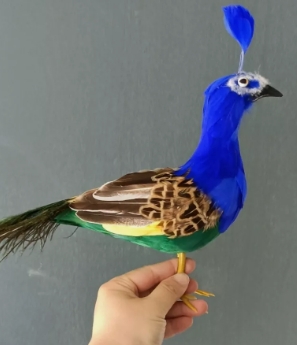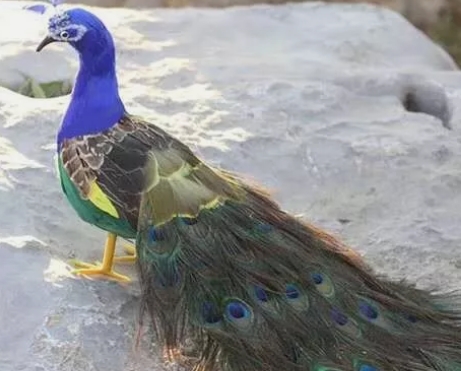Peacock model is a kind of visualization tool, widely used in education, scientific research, art and decoration fields. The peacock is famous for its bright feathers and elegant posture, and is a representative of beauty in nature, so the peacock model can not only attract the eye, but also provide convenience for learning and research.
In the field of education, peacock models can help students understand the anatomy, ecological habits and behavioral characteristics of birds. By observing the model, students are able to intuitively learn the physiological structure of birds and the evolution of feathers, promoting the mastery of biological knowledge.
In scientific research, peacock models are used in ecological and behavioral studies. Scientists can use the model to simulate the mating behavior of peacocks and explore their reproductive strategies and ecological adaptations. Such research contributes to a deeper understanding of animal behavior and theories of sexual selection.
In addition, peacock models are also of great value in artistic creation and decoration. Many artists express their praise for the beauty of nature through peacock models, adding to the artistic atmosphere of the space.
To sum up, peacock models play a unique role in multiple fields, both as a tool for learning and research, and as a source of inspiration for artistic creation.




